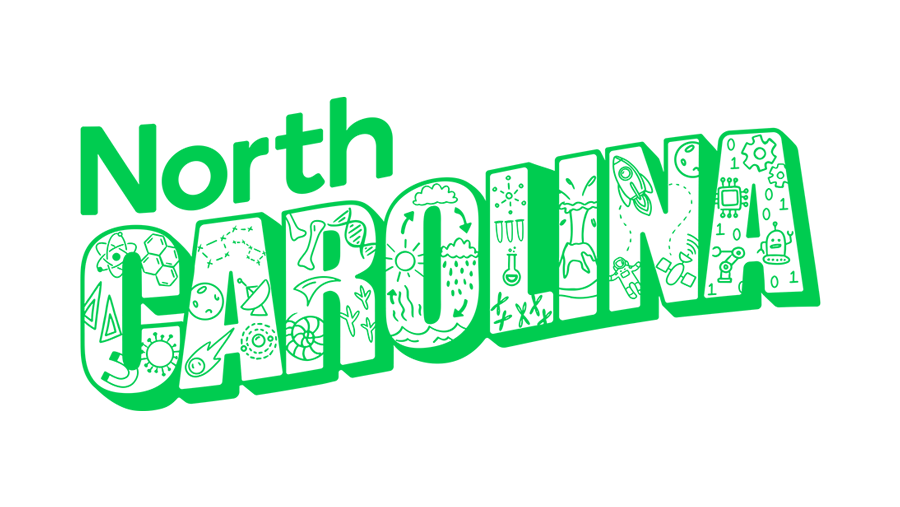North Carolina’s science standards changed. Stile’s got your back.

North Carolina updated its science standards in 2023. In turn, Stile raised the standard for curricula. Now, Stile is the only science curriculum approved by the NCDPI for all Grades 6-8.
Science education in North Carolina is getting a glow-up, and we’re all about it. The 2023 North Carolina Science Standards are shifting the focus from memorization to deeper, hands-on scientific exploration.
That’s great news for students and, ultimately (after the work of getting up to speed on the changes and figuring out how to implement them), teachers and leaders too. It’s also a perfect match for how Stile already approaches science education. But like any good experiment, we made a few adjustments to keep things in perfect alignment and sprinkled in local, NC phenomena to pique student curiosity.
So, what’s changed? Let’s dive in.
By the numbers
There are 80 middle school science standards in the 2023 update. By the numbers:
✨8 are brand new
🕯️28 have minor content changes
🔥10 have major content changes
🚀100% now include a Science and Engineering Practice
🗑️10 standards from 2009 have been removed completely
Goodbye, Rote Memorization. Hello, Investigation!
The biggest change to the science standards? More action, less cramming. Instead of simply recognizing that matter is made of atoms, students now use models to illustrate atomic structures (PS.6.1.1). Instead of listing heat transfer methods, they test insulation materials in real experiments (PS.6.2.3).
Science is no longer about just knowing the right answer—it’s about figuring things out. Which, let’s be honest, makes it way more fun.
More Real-World Connections
The new standards also emphasize real-world relevance, so we’ve amped up the local connections. Using Stile, students will:
🌱 Investigate Venus flytraps, North Carolina’s very own carnivorous plant, and figure out how they trap their unsuspecting meals.
🌊 Analyze water quality data from Lake Norman to decide if it’s safe to swim in.
🏎️ Interpret data from NASCAR to distinguish between displacement and distance.
🦠 Explore the rise of antibiotic-resistant superbugs, because evolution isn’t just something that happened to dinosaurs.
Bringing science close to home makes it more meaningful—and, let’s be real, way cooler.
A New Focus on Scientific and Engineering Practices
One of the biggest updates is how the standards incorporate Science and Engineering Practices (SEPs). Verbs like "develop models," "analyze data," and "carry out investigations" now define how students engage with content.
For example, in the old standards, students were asked to "explain the transfer of heat energy." Now, they "use models to compare directional heat transfer" and "carry out investigations to test insulation materials" (PS.6.2.1, PS.6.2.3).
In Stile, students don’t just read about these concepts—they experiment, debate, and problem-solve, just like real scientists.
So what does “approved by the NCDPI” mean?
Stile (and a ton of other resources) went through a rigorous evaluation by a team of reviewers at the NCDPI in July 2024. They assessed materials for standards alignment using a detailed rubric, ensuring that the content met the needs of North Carolina students. While some resources were approved for specific grades, Stile was the only curriculum approved for all three middle school grades—6th, 7th, and 8th.
Stile + NC Standards → A Perfect Reaction
At the end of the day, the new standards are all about making science more engaging, more hands-on, and more connected to the real world—which is exactly what we love doing. We’ve made all the necessary updates, so Stile is fully aligned (from lab kits to teaching plans to workbooks) and ready to roll out in your middle school science classrooms.
